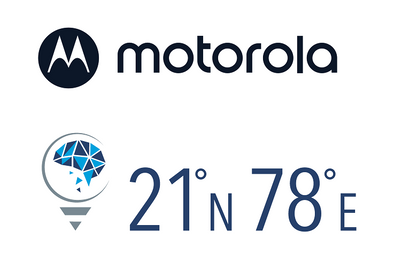On 24 February 2016, Facebook rolled out an update to its ‘Like’ button with five new 'reactions' – ‘Love’, ‘Haha’, ‘Wow’, ‘Sad’ and ‘Angry’.
The expanded list of emoticons was introduced globally after a five-month test that began in Ireland and Spain before expanding to Chile, Portugal, the Philippines, Japan and Colombia.
Richard Sim, director of monetisation for ad interfaces and News Feed ads at Facebook, said, “I think the first reaction we would expect is nervousness, because, ‘Oh my gosh, now there are going to be ways for people to respond multi-dimensionally with the things that I'm posting.' I think that's a very natural reaction, but as a business, I ultimately want to know how people think about the things that I'm saying."
Closer home, people suggest that this new service can be a boon if leveraged right.
Sanjay Tripathy, senior vice president, marketing, product, digital and e-commerce, HDFC Life, says, “In particular, when a friend or brand posts something sentimental such as a death or an illness, anyone would feel awkward ‘liking’ the message. The new reactions allow users to empathise by giving a more personal and apt reply. This will help brands understand their customers’ first reaction much more clearly. The customers will be able to give an instant reaction from a variety of reactions which will help brands serve the customers better."
He adds, “On the other side, instead of expressing grief through the power of the written word, people would now show their emotions through an emoji. With the emergence of Facebook reactions, it’s a fear that emotional expression will diminish as people will allow this small emoticon to speak for itself. We already know that social media has reduced the level of oral communication and human interaction immensely. But these new reactions can affect information sharing on Facebook.”
Rajiv Dingra, CEO and founder, WATConsult, concurs. He notes, “I think the new ‘Reactions’ are a bit of boon and bane. It’s a boon because the reactions will give sentiment and context. At the same time it’s a bane because it's no longer a myopic, or single reaction. If you have an update that people don't like – there can be an angry reaction. It could create more social media crises for brands on Facebook by giving a calculable number of the people who have been pissed off. It also gives them richer data analytics and qualitative feedback. It's a double-edged sword that gives brands a real time scare.”
Ashish Patkar, founder and CEO, Monk Media, is impressed by the new service. He says, “Just a 'Like' at times falls short. I think the new Facebook 'Reactions' is a boon for brands as it will help them capture an apt consumer reaction as per the campaign they are running.”
Sudhir Nair, co-founder and CEO, 21n78e, says that the new reactions will help with providing more detailing. He says “A generalised ‘Like’ doesn’t tell what a person wants. This gives more detail and gives a better picture of what people are trying to say. It has more expressions comparing the degree of satisfaction or dissatisfaction."
Paying for 'Love'?
The new reactions could mean that brands could soon take on saying ‘money can’t buy love’.
But like the tactic of buying ‘Likes’, practitioners believe that they should steer clear of buying 'Love', or other reactions.
Patkar says, “Bad marketing managers will always look to purchase 'love' like they did with 'like' but good ones will always create content that gets loved!”
Dingra reminds us that it's still not known whether one can buy 'Love'. He explains “At this moment I’m not sure if brands can buy any singular reaction. So, I’m not sure how that will work. But, these reactions can work as a great mechanism for brands that want to use social media seriously and a wake-up call for those who aren't doing so well.”
Nair surmises, “Brands shouldn’t make the same mistake they made with ‘Likes’. Brands learnt that this isn’t leading to any engagement or anything. Brands and agencies should instead look to create content that will make people use those expressions.”
(With inputs from CampaignLive.com)




.jpg&h=334&w=500&q=100&v=20250320&c=1)
.jpg&h=334&w=500&q=100&v=20250320&c=1)

.jpg&h=334&w=500&q=100&v=20250320&c=1)


.jpg&h=334&w=500&q=100&v=20250320&c=1)


.jpg&h=334&w=500&q=100&v=20250320&c=1)




.jpg&h=268&w=401&q=100&v=20250320&c=1)



